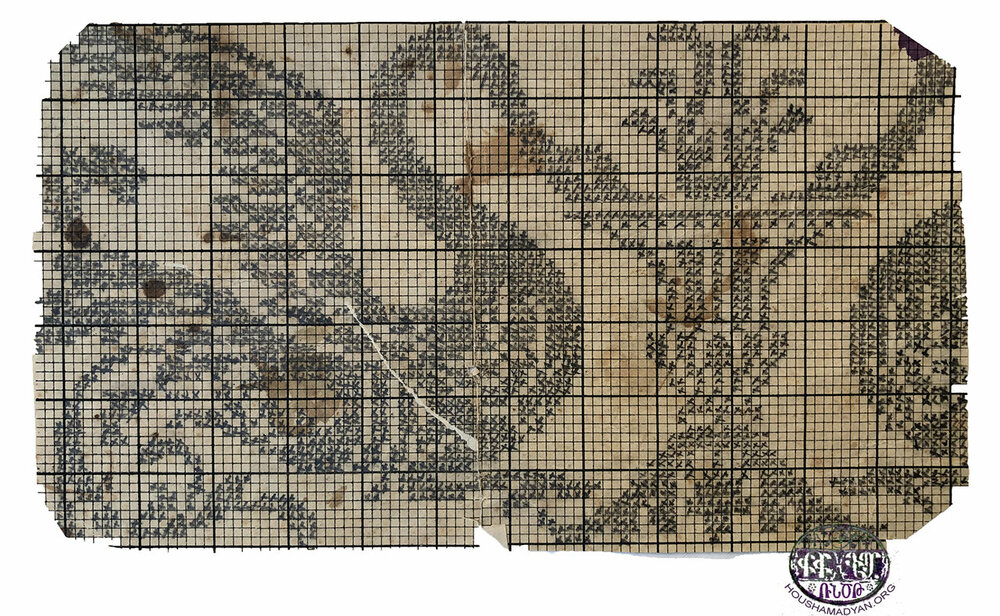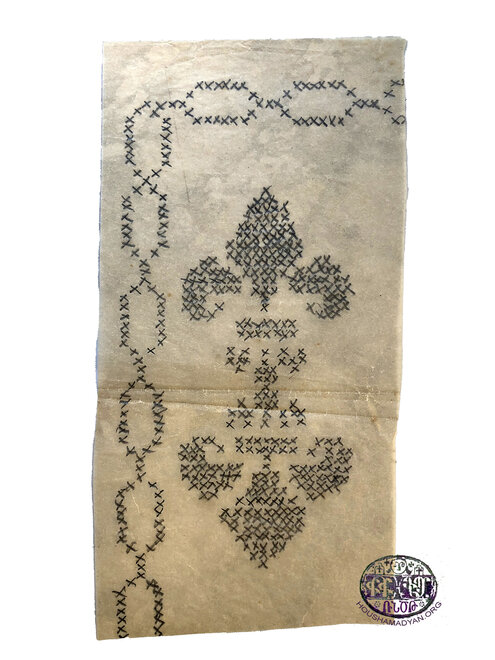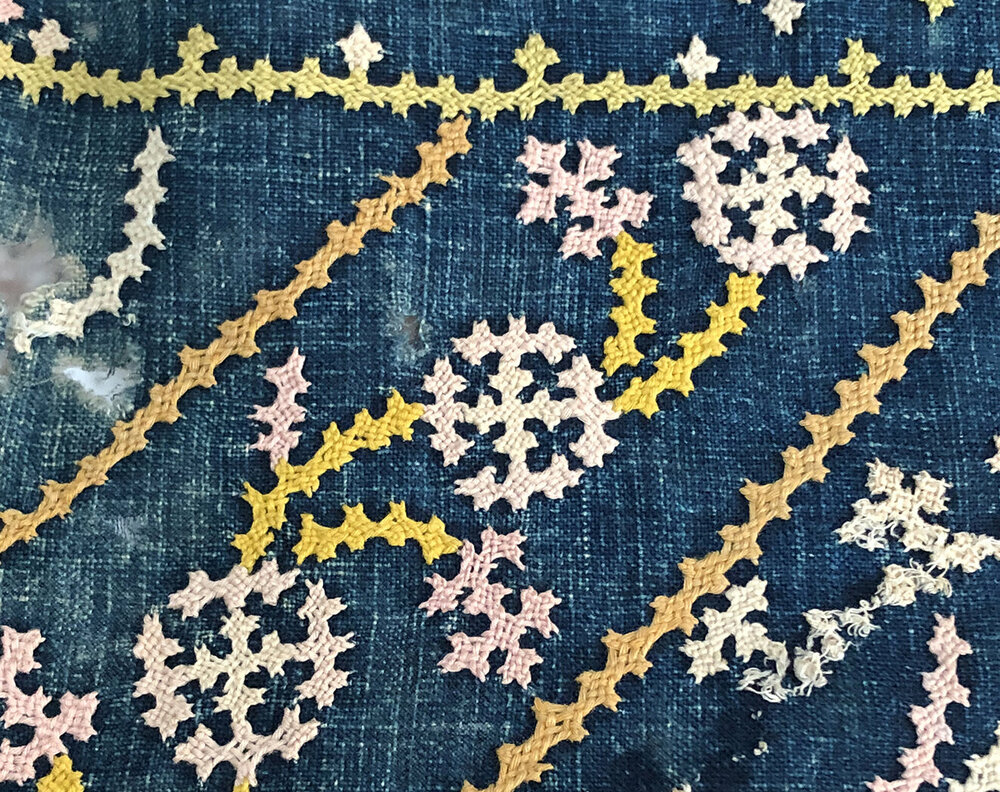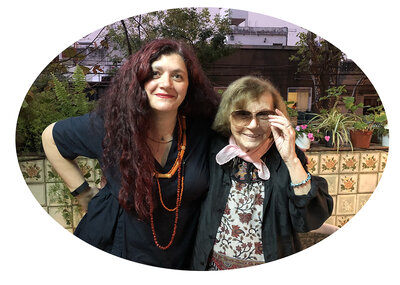Kanzabetian/Chinchinian Collection - Buenos Aires
Translator: Simon Beugekian, 09/12/20
The material presented here, and which concerns these two Armenian families that hailed from Marash, was provided to us by Maria Kanzabetian. She is the daughter of Elisa/Elise (nee Chinchinian) and Boghos Kantsabedian/Kanzabetian. Elisa and Boghos were born in Marash, the former in 1902 (although her Lebanese passport listed her date of birth as 1905) and the latter in 1890 (although his Lebanese passport listed his date of birth as 1896). They had four children: Makrouhi (Marga), Maria, Lydia and Juan Luis.
Elisa Kanzabetian (nee Chinchinian) was the daughter of Vartanoush and Arakel Chinchinian. Aside from Elisa, the couple had three other children, namely Sirvart, Panos, and Noubar. We also know that Arakel Chichinian’s mother was Mayram, born in 1854. Arakel had a sister (name unknown) and a brother, Boghos Chinchinian, who was a government employee in Marash.
In Marash, the Chinchinians owned land on which they grew cotton, wheat, and grapes. They were farmers who sold their harvest. During the years of the Genocide, like the other Armenians of Marash, the Chinchinians were deported towards Syria.
Information on the Kanzabetian branch of the family is much scarcer. We know that during the years of the Genocide, a large percentage of Boghos’s family members were killed or died of hunger or disease. Among the survivors were Boghos, his brother, and his nephew (their names unknown).
At the end of the First World War, the surviving members of the Chinchinian and Kanzabetian families returned to Marash, which at the time was occupied by the Allied forces (first the British, and later the French). However, this new life under European rule did not last long. In 1920, nationalist Turkish forces launched an attack on the city. The French retreated, joined by 3,000 Armenians. The Turkish troops that entered the city immediately began massacring the surviving Armenians who had remained behind, killing approximately 5,000 of them.

The surviving members of the Chinchinian and Kanzabetian families were in Marash at the time, but we do not know whether they left with the French or if they stayed behind and survived the carnage. We know that like many other Armenians from Cilicia, in the early 1920s they found refuge in Syria and Lebanon. A handwritten note in one of the family’s Bibles indicates that some settled down in the Syrian city of Hama early in that decade. It is unclear to which branch of the family, Boghos’s or Elisa’s, this note refers. But presumably, this branch of the family stayed in Hama for only a short time, and a few years later moved to Beirut.
Elisa and Boghos married in Beirut, in 1926. Their first daughter, Makrouhi, was born two years later, in 1928. The approximately 10 years that the family spent in Lebanon were not easy. Their Lebanese identification documents listed their place of residence as the Mdaouar neighborhood, where the Armenian refugee camp of Beirut was located. In those years, large numbers of these Armenian refugees were migrating to western countries, where they hoped to find a better life for themselves and their families. One of the more popular destinations was Argentina, whose Armenian community grew significantly in the 1920s with new arrivals from Syria, Lebanon, and Greece.
On 23 December 1928, Elisa, Boghos, and Makrouhi departed for Buenos Aires (Argentina), which they reached on 30 January 1929. They traveled on the liner Mendoza. Among the listed passengers of the ship were Boghos Kanzabetian and his wife Elisa, who was pregnant and would later give birth to her daughter, Maria, in August 1929, in Argentina. The couple traveled with their one-year-old daughter, Makrouhi.
At first, life was difficult for the family. They had no permanent residence and moved often. Boghos began working at a slaughterhouse, but a short time later had an accident that partially handicapped him. He was forced into a lengthy period of unemployment. Later, he began practicing cobblery. Elisa sold her needlework, earning enough money to meet the family’s basic needs.





























